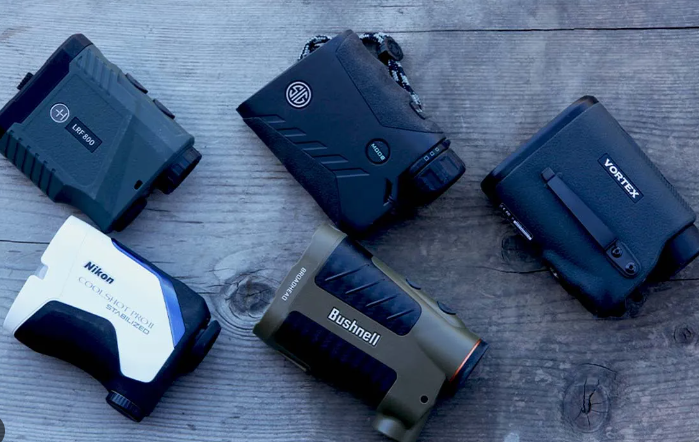In the world of golf, technology has become an integral part of the game, with various devices designed to improve accuracy, speed, and overall performance. Two of the most popular tools used by golfers today are range finders and golf watches. While both devices serve similar purposes, they have distinct differences in terms of functionality, convenience, and usage rules. In this article, we'll delve into the world of range finders and golf watches, exploring their legality on tour, their benefits, and how to use a golf rangefinder effectively. 
Are Range Finders Legal on Tour?
The short answer is yes, range finders are legal on tour, but with some conditions. According to the Rules of Golf, as outlined by the Royal and Ancient Golf Club of St Andrews (R&A) and the United States Golf Association (USGA), golfers are allowed to use distance-measuring devices, including range finders, during competition. However, there are some restrictions to keep in mind:
- The device must only measure distance and not provide any other information, such as slope, wind, or club recommendations.
- The device must not be used to measure anything other than the distance between the golfer and the hole.
- The device must not be used in a way that could be considered "unfair" or "gaining an advantage" over other players.
It's essential to note that while range finders are legal, some professional tours, such as the PGA Tour, may have specific rules or restrictions on their use. It's always best to check with the tournament organizers or governing bodies before using a range finder in competition.
Do You Need a Range Finder if You Have a Golf Watch?
Having a golf watch doesn't necessarily mean you don't need a range finder. Both devices serve different purposes and offer unique benefits. Here's a brief comparison:
Golf Watches:
- Provide general distance information to the front, center, and back of the green
- Often include additional features, such as GPS tracking, scorekeeping, and heart rate monitoring
- Convenient and easy to use, with distances displayed on the wrist
- Typically more affordable than range finders
Range Finders:
- Provide precise distance measurements to any target, including hazards, bunkers, and trees
- Often feature advanced technology, such as laser accuracy, slope measurement, and vibration feedback
- Allow for more accurate club selection and strategy planning
- Typically more accurate than golf watches, especially for longer distances
If you're a serious golfer looking to improve your game, a range finder can be a valuable addition to your arsenal, even if you already have a golf watch. Range finders offer a level of precision and accuracy that golf watches can't match, making them ideal for:
- Precise distance measurements to specific targets
- Accurate club selection and strategy planning
- Practicing and improving your game
On the other hand, if you're a casual golfer or just starting out, a golf watch may be a more suitable option. Golf watches are convenient, easy to use, and provide a general idea of the distance to the green.
How to Use a Golf Rangefinder
Using a golf rangefinder effectively requires some practice and understanding of its features. Here are some tips to get you started:
- Choose the Right Mode: Most range finders come with different modes, such as "Scan" or "Pin" mode. Scan mode allows you to quickly scan the landscape and get an approximate distance to multiple targets, while Pin mode provides a precise distance to a specific target.
- Aim Correctly: Align the rangefinder's lens with the target you want to measure. Make sure to hold the device steady and avoid any obstacles or obstructions.
- Use the Right Unit: Most range finders offer both yards and meters as units of measurement. Make sure to choose the unit that you're most comfortable with.
- Take Multiple Readings: To ensure accuracy, take multiple readings from different angles and positions. This will help you get a more precise average distance.
- Consider Slope: If your range finder features slope measurement, take into account the incline or decline of the terrain when calculating your distance.
- Practice, Practice, Practice: Like any new skill, using a range finder effectively takes practice. Spend some time on the driving range or practicing on the course to get comfortable with your device.
In conclusion, range finders are legal on tour, but with some restrictions. While golf watches are convenient and easy to use, range finders offer a level of precision and accuracy that can take your game to the next level. By understanding the benefits and limitations of both devices, you can make an informed decision about which one to use. Remember, practice makes perfect, so take the time to learn how to use a golf rangefinder effectively and watch your game improve.
In the world of golf, technology is constantly evolving, and it's essential to stay up-to-date with the latest innovations. Whether you're a professional golfer or a weekend warrior, a range finder can be a valuable addition to your arsenal. By mastering the art of using a golf rangefinder, you'll be able to make more accurate shots, improve your strategy, and ultimately, lower your scores.


